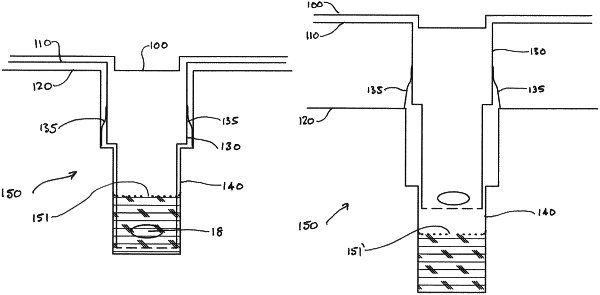| CPC C12N 15/1006 (2013.01) [C12Q 1/6806 (2013.01)] | 18 Claims |

|
1. A method for recovering nucleic acids from a solid support, the method comprising:
(a) combining a biological sample with a region of a solid support, wherein the region is absorbent and impregnated with a chaotropic agent;
(b) washing the region in a washing buffer solution, wherein the washing buffer solution is an alkaline solution;
(c) simultaneously heating and agitating the region in a further alkaline buffer solution;
(d) separating the region from the further alkaline buffer solution without centrifugation, wherein the separating of the region from the further alkaline buffer solution is performed by disposing the region in a porous container above the remaining further alkaline buffer solution;
(e) extracting at least a portion of any remaining further alkaline buffer solution from the region to provide an extracted alkaline buffer solution, wherein the separating and the extracting are performed using different methods;
(f) combining the further alkaline buffer solution from (d) and the extracted alkaline buffer solution portion; and
(g) subsequently processing the combined buffer solutions in order to amplify any nucleic acids in said combined solution.
|